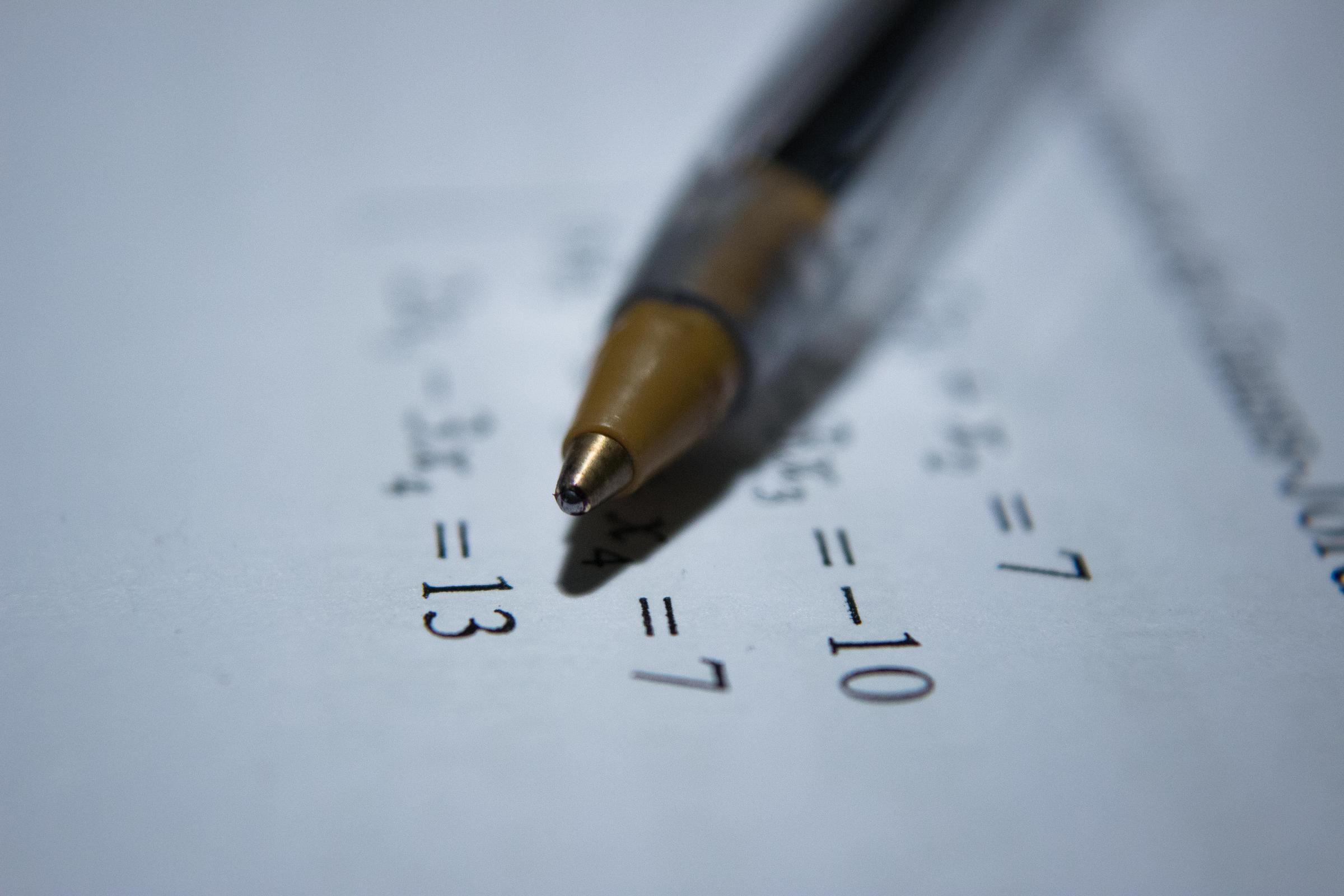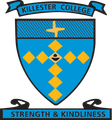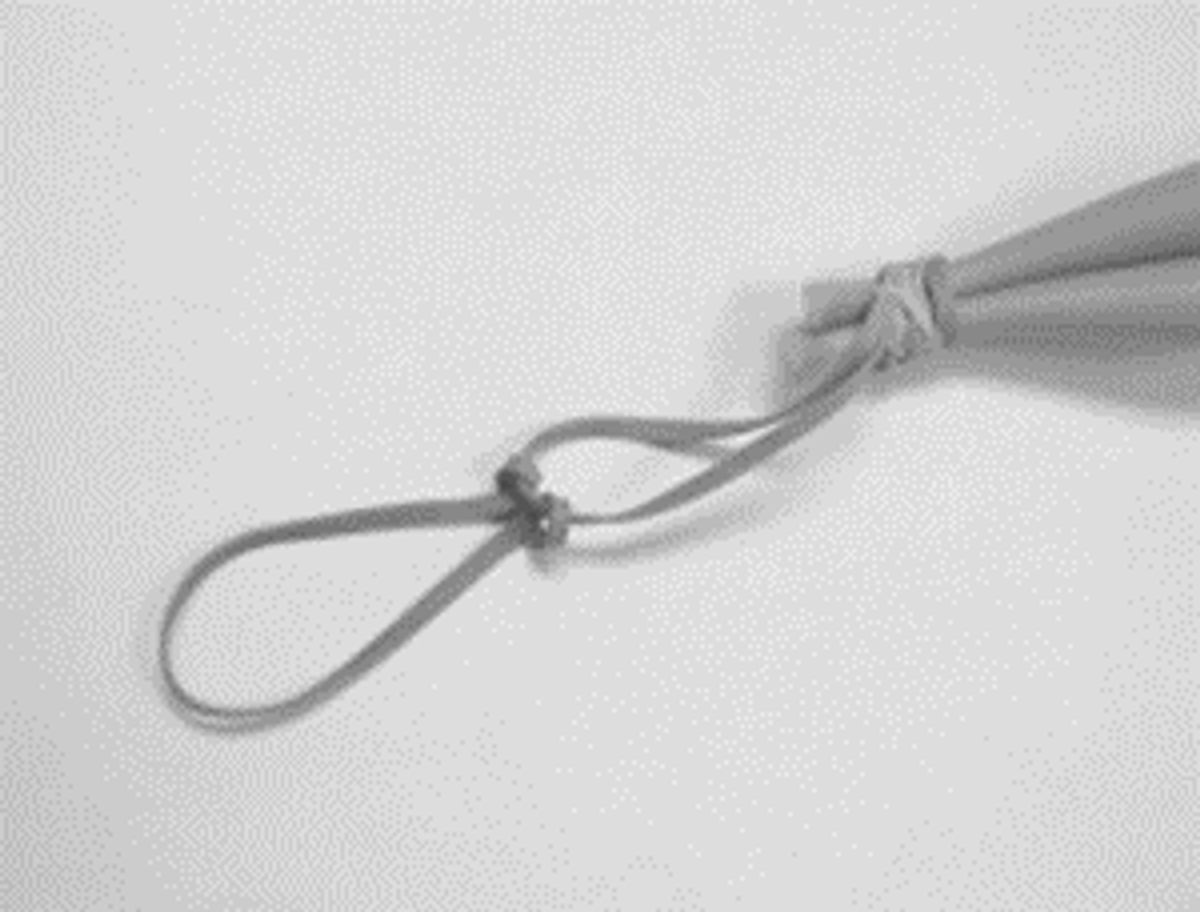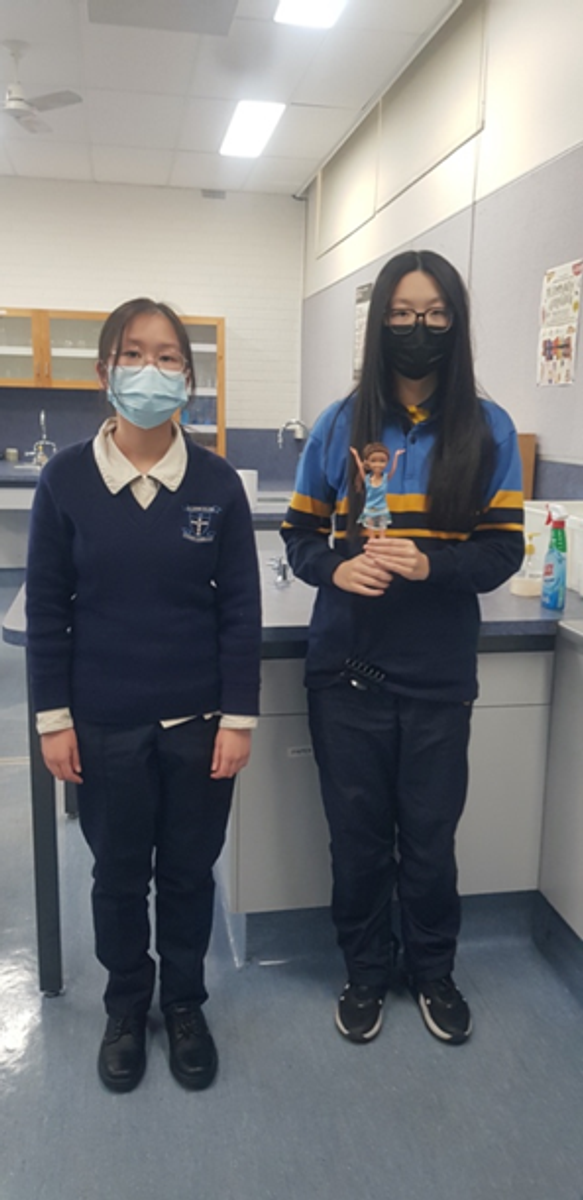Maths, Science and STEM

Global Academic Challenge
This year, 21 high-achieving students in Year 8 participated in the first Global Academic Challenge for Mathematics, Science and Reading. This Challenge encourages students to apply their knowledge and skills beyond the curriculum by actively engaging with real-life contexts to solve problems and employ a range of strategies.
Every student who took part in the challenge will receive a certificate recognising their level of participation. I would like to congratulate the following students for their outstanding achievements:
HD (top 10%):
- Rhea Fernandez - Reading
- Lizzie Hubbard - Reading
D (top 25%)
- Rhea Fernandez - Science
- Krisha Kancharla - Mathematics
- Sai Pravallika Karri - Mathematics
- Rasleen Kaur - Mathematics
- Celine Le - Mathematics
- Natalie Tran - Mathematics
- Beata Ohri - Reading
- Carly Truong - Reading
Miss Brooke Scott
Junior Programs Leader (7-9)
Spaghetti Machine
For the past week the Year 10 Energy and motion class has been working on building a Spaghetti Machine or Rube Goldberg machine. This Machine is an overly complex machine used to perform a relatively simple task. The Spaghetti Machine end task was to roll a ball which was to strike and knock down upright sticks, as in Ten Pin Bowling.
The task was required to have at least 5 steps, like a Domino effect to achieve this. Such enthusiasm was generated by the students they created 10 steps. The process to plan the steps is one thing, to actually build it and make it work is challenging. The students enjoyed the process and its frustrations with a successful strike being achieved.
Well done to all.
Bungee Jumping Barbie
Over the past week in Science, we have been learning about different types of energy. Some of these were, Potential Energy, Kinetic Energy and Elastic Potential Energy.
The teachers decided to demonstrate these energies by doing an experiment where Barbie bungee jumped from four meters.
We first had to do smaller jumps from varying heights with different numbers of elastic bands attached to her feet and then measure how far Barbie fell. From these results we were able to draw a scatter graph. On this scatter graph we drew a ‘line of best fit’ and by extending that line, we tried to work out how many elastic bands would be need for Barbie to jump off a platform four meters high and successfully ‘bungee jump’ without hitting her head on the ground.
We made it a competition between our class. 2 Barbie dolls successfully had a great jump, most student predictions were wrong so their dolls had a bad bungee day with a short fall and 2 dolls ended up with headaches. After this we had discussions about where we observed the different energies in the experiment.



